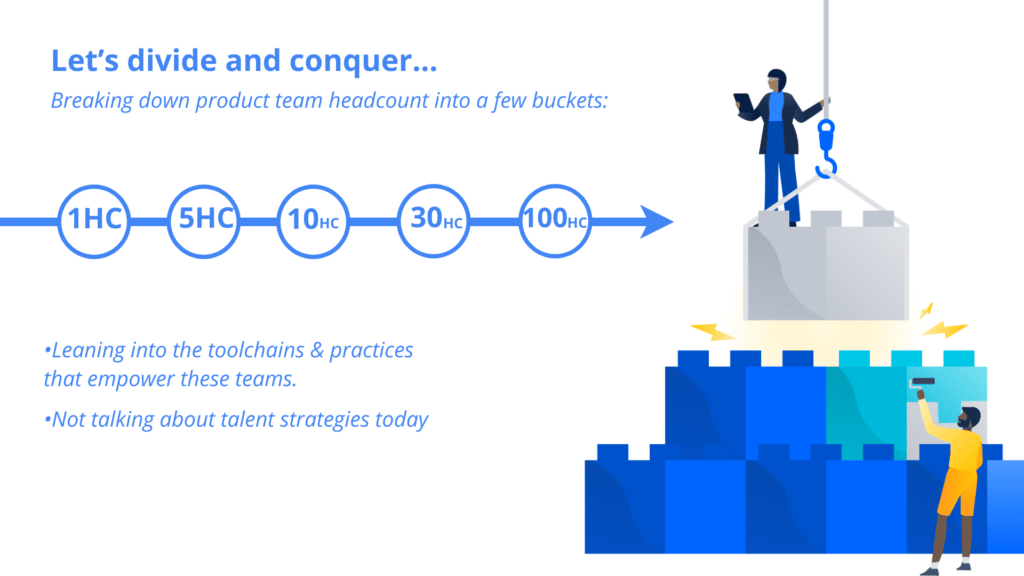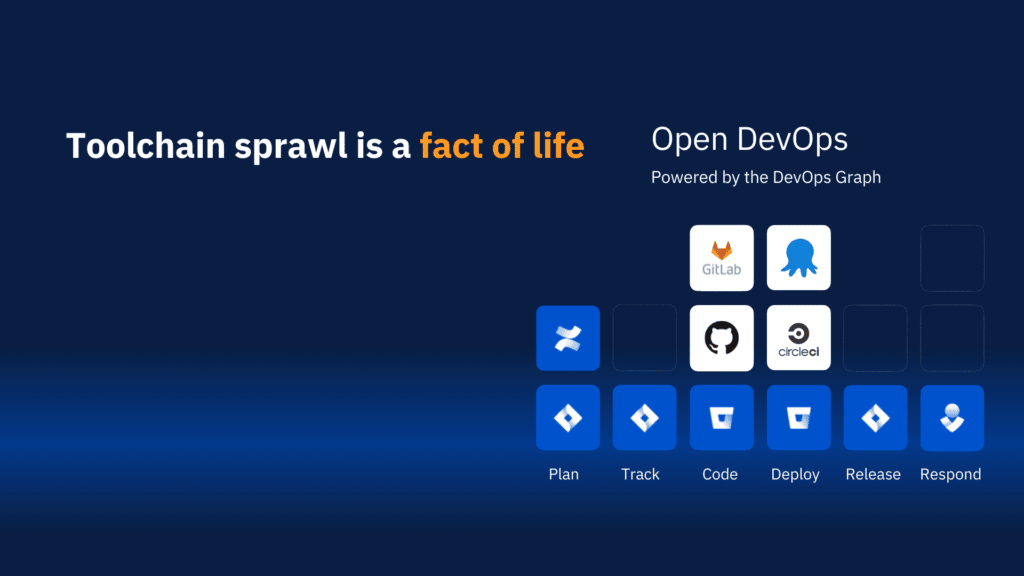What it Really Looks Like to Scale Your Product Org from 1 to 100 People
Software development teams have important considerations when scaling. When we break down this journey from 1-100, each of these team sizes require different solutions for their unique challenges.

Regardless of your team size it’s important to lean into the toolchains and practices that empower you.
Security is Non-Negotiable
When startup companies are just getting started, they often don’t put a big enough emphasis on security. This can lead to significant, and sometimes irreparable, issues in the future.
Security is a non-negotiable development workflow requirement from day one. Period.
Modern software development is really fast; developers can leverage open source libraries consistently, instead of starting from scratch. While this is a great practice, it’s critical to remain diligent around what the open source packages have inside of them–at times there can be a number of vulnerabilities. Speed to deliver comes with inherent risk, after all.
You can manage this inherent risk by staying proactive over time.
Gartner reports that 70% of applications online today leverage open source packages, and 75% of those applications have existing vulnerabilities, and 51% of those vulnerabilities take more than one week to remediate.
Every second your team is working to solve a problem they introduced means money lost. Not only the time spent working on the issue, but also the delay and strain on your project timeline, and mental burnout from your developers. It’s a constant threat that needs to be managed as part of your ongoing workflow.
Leverage software composition analysis (SCA) and software analysis security tools (SAST) to provide visibility into your risk posture before your project’s first deployment.
Toolchain Sprawl
If you’re an early stage startup, you’re going to have to scale your team once your application begins gaining traction. More people means more opinions around best practices, development workflows, and tools. Oftentimes, everyone on the team is selecting a different tool based on their preferences.
Toolchain sprawl–the sense of going from one or two tools to numerous tools in software development–is simply a fact of life.
While it may be tempting to reduce your tools, especially if you need to reduce your budget, try to avoid tool reduction at this stage, especially if the tools are helping you to move fast. If your developers are using tools they feel comfortable with and getting outcomes, lean into that.
If there are opportunities, connect development tools to your work management suite to enable non-technical team members–such as QA, product managers, etc–to be part of shipping value.
A great example of a development tool that bridges the gap between development and non-technical team members is Git Integration for Jira, allowing devs to update project status from their coding environment and giving management faster visibility.
Atlassian refers to this toolchain sprawl as Open DevOps, encouraging teams that use Jira to build on top of their workflow with other Atlassian tools, such as their Jira Development View.

Learn more about best practices for DevOps at scale for larger teams on their enterprise journey from Andrew Pankevicius, senior product manager for Jira DevOps at Atlassian by watching his full GitKon session, embedded above.
 GitKraken MCP
GitKraken MCP GitKraken Insights
GitKraken Insights Dev Team Automations
Dev Team Automations AI & Security Controls
AI & Security Controls